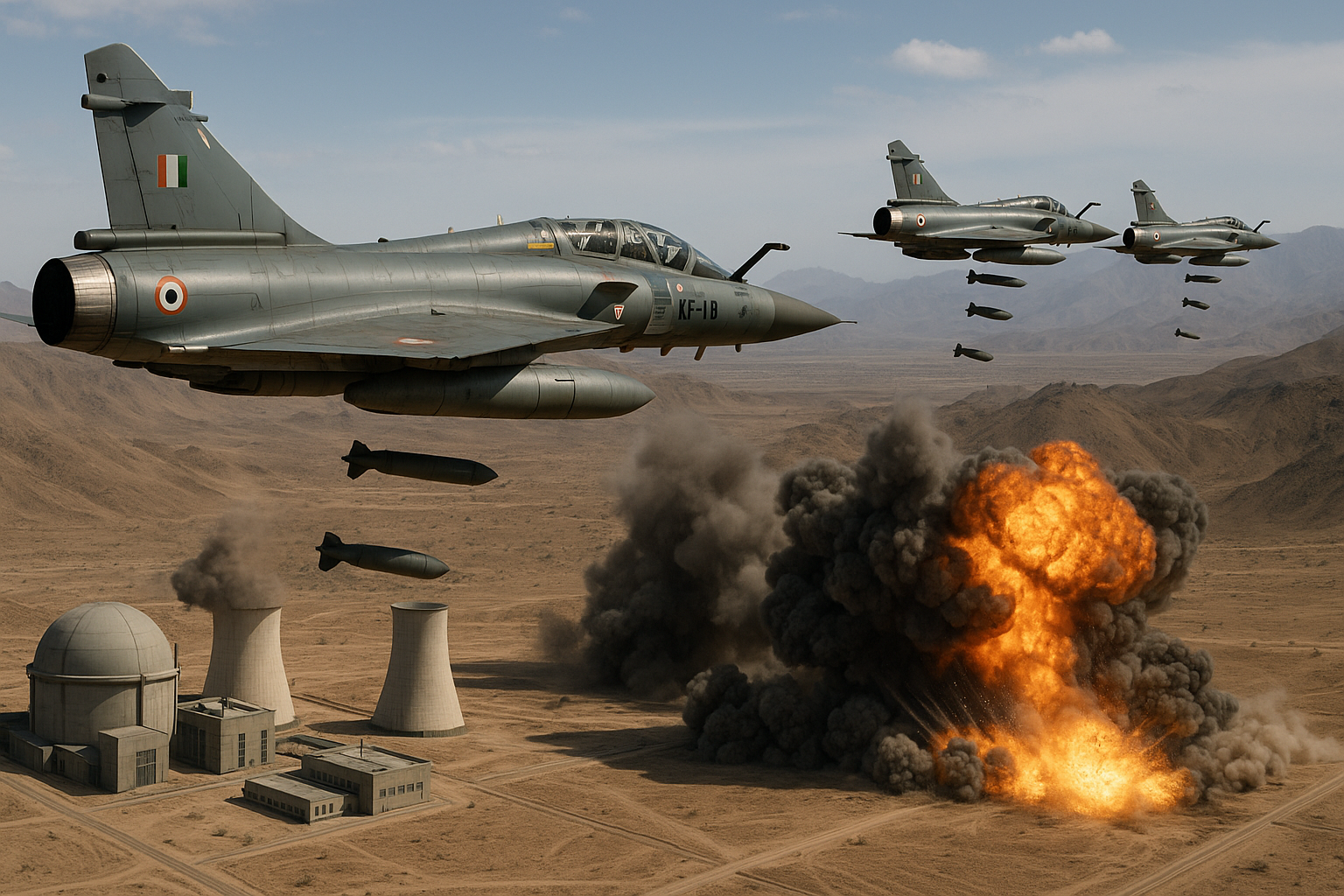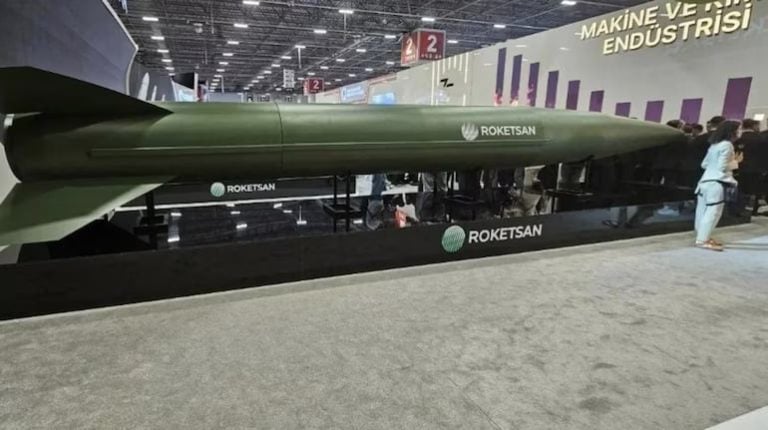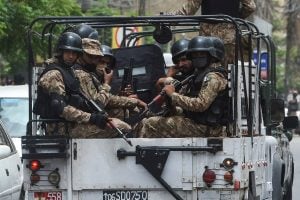In a historic escalation, the Indian Air Force (IAF) launched Operation Sindoor, a meticulously coordinated missile assault over 72 hours, targeting 11 key Pakistani air bases. This unprecedented operation marks the first time a nation has struck so many military installations of a nuclear-armed adversary simultaneously. The strikes, conducted from May 8 to 10, were a direct response to a deadly terror attack in Pahalgam, which Indian intelligence attributed to Pakistan-based terror groups.
The offensive aimed to significantly impair Pakistan’s air capabilities by targeting drone command centers and sending a clear message to its nuclear command infrastructure. Satellite imagery and open-source intelligence indicate that considerable damage was inflicted on critical infrastructure, including runways, radar systems, fuel depots, and aircraft hangars.
Air Marshal AK Bharti stated, "A decision was taken to strike where it would hurt," emphasizing the effort to conduct a swift, coordinated attack on military infrastructure across Pakistan.
The operation’s focus was divided among 11 air bases, each strategically significant in Pakistan’s military framework:
-
Nur Khan Air Base (Chaklala, near Islamabad): As a home to Pakistan’s Air Mobility Command, this base plays a pivotal role in logistical and aerial surveillance operations. Its close proximity to the Strategic Plans Division, which manages Pakistan’s nuclear arsenal, amplifies the implications of the damage it sustained during the strikes.
-
PAF Base Rafiqui (Shorkot, Punjab): Known for its extensive runway and operational flexibility, Rafiqui supports multiple fighter squadrons. It serves as a crucial node in Pakistan’s air defense strategy, offering rapid deployment capabilities.
-
PAF Base Murid (Chakwal, Punjab): Rapidly emerging as a hub for Pakistan’s drone capabilities, this base is vital for reconnaissance and precision strikes, housing advanced unmanned aerial vehicles designed for operations close to the Indian border.
-
Sukkur Air Base (Sindh): Serving as a logistics center, Sukkur is essential for transport missions and regional defense, supporting the rapid movement of forces throughout southern Pakistan.
-
Rahim Yar Khan Air Base (Punjab): This base, though traditionally smaller, has expanded to support drone operations and provides strategic access to both eastern and southern fronts.
-
Pasrur Air Base (Punjab): Located near the Line of Control, this base plays a crucial role in surveillance and drone operations, enhancing Pakistan’s real-time situational awareness.
-
Chunian Air Base (Punjab): Focusing on unmanned aerial systems, Chunian supports rapid drone deployments and logistics, complementing operations at Murid and Pasrur.
-
PAF Base Mushaf (Sargodha, Punjab): As a training center for elite pilots, this base hosts several advanced fighter aircraft and is central to Pakistan’s air command structure.
-
Arifwala Air Base (Punjab): An auxiliary base, Arifwala supports drone operations and features mobile radar setups for decentralized surveillance.
-
Bholari Air Base (Sindh): Recently established, Bholari is designed to enhance aerial defense capabilities in southern Pakistan, preparing for potential threats.
- Jacobabad Air Base (Sindh): This base supports logistical operations and has expanded roles in counter-insurgency and near-border military coordination.
The IAF executed the strikes using advanced munitions, including BrahMos supersonic cruise missiles and French-origin SCALP and HAMMER weapons. Most operations were conducted at night to minimize collateral damage and were reportedly coordinated with real-time intelligence and cyber capabilities. Analysts noted severe impacts at Nur Khan, Murid, and Rafiqui air bases, with evidence of damaged radar systems and destroyed aircraft, sending a stark message regarding Pakistan’s nuclear command.
In the wake of the strikes, international reactions have been apprehensive, with parties including the United States, China, and Russia urging restraint. The UN Security Council convened an emergency session, while military communications between India and Pakistan indicated a temporary stand down, although ceasefire violations have persisted.
Indian officials emphasized that the operation was a "measured, proportionate response to state-sponsored terrorism," while Pakistan acknowledged some damage but provided limited detail on the strikes.
Operation Sindoor represents a significant shift in India’s defense strategy, transitioning from deterrence to a more assertive pre-emptive approach. Experts suggest this may redefine the strategic calculus in South Asia, challenging established norms around nuclear ambiguity and operational responses.
Ultimately, Operation Sindoor not only showcases India’s military capabilities but also alters the geopolitical landscape, influencing how air defense and counter-terrorism will be approached in the region moving forward.



















